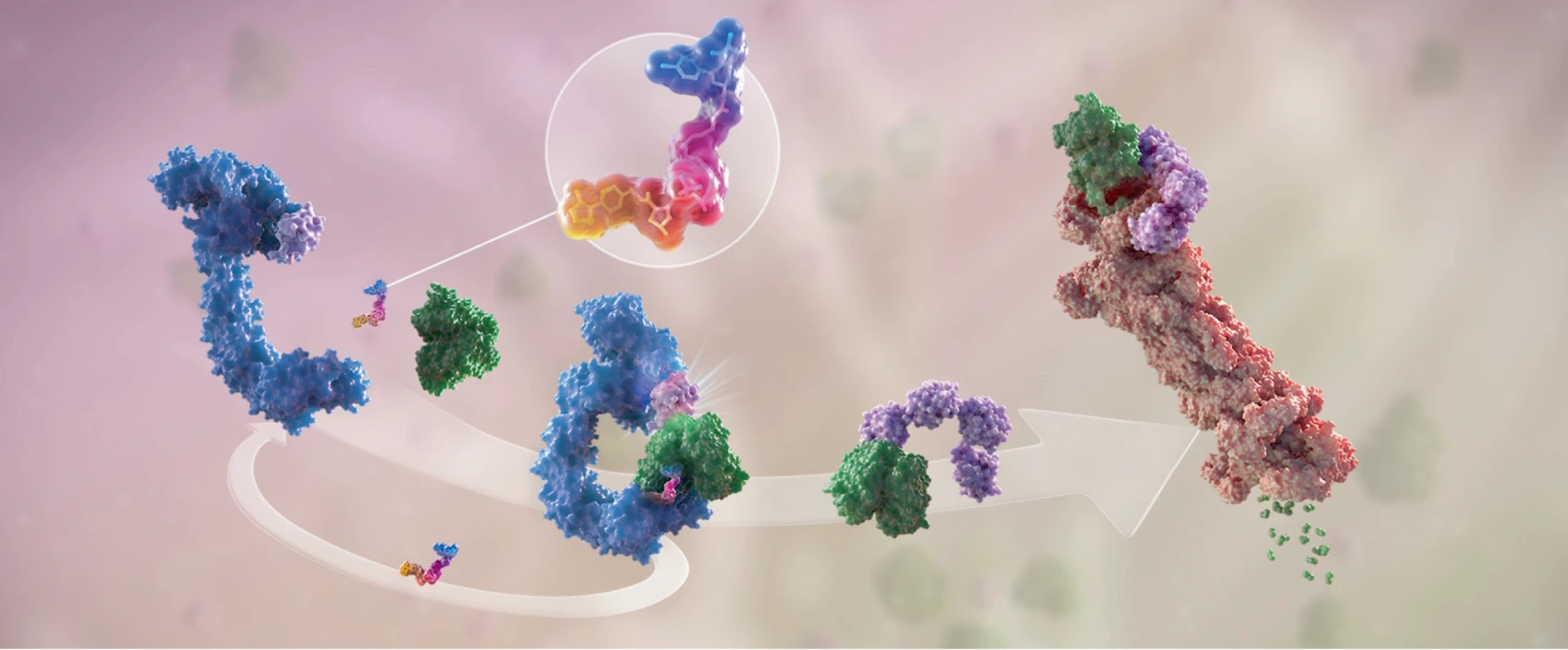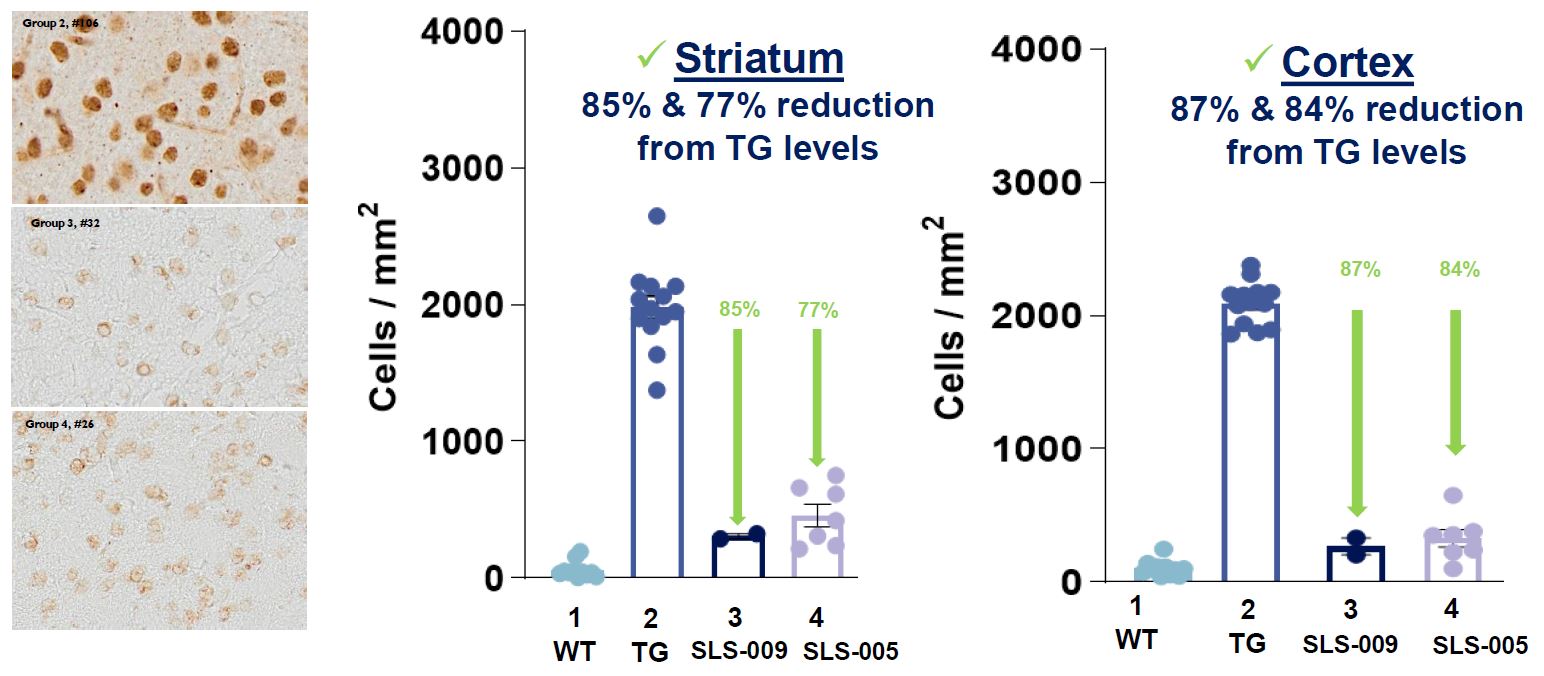About SLS-009 (protein targeted autophagy)
- SLS-009, which is Seelos' first internally created program, follows the well-established mechanism of action known as PROTACs (protein-targeting chimeric molecules), which use the body's own natural process of autophagy and lysosomal degradation to clear out mutant and misfolded proteins in the body.
- SLS-009 induces autophagy and enhances lysosomal clearance by augmenting existing endogenous cellular degradation pathways to remove only the mutant and neurotoxic proteins.
- Seelos is studying SLS-009 in Huntington’s disease (HD) and Alzheimer’s disease.
About Huntington's Disease
- HD is a rare inherited neurodegenerative disorder for which there are currently no effective therapeutics.
- The disease has a wide variation in onset age, with an average age at onset of mid-adulthood.
- This neurodegenerative disorder has a progressive and fatal course characterized by movement disorders, cognitive impairment, dementia, and psychiatric manifestations including depression and psychosis.
- Prevalence is an estimated 4-10 per 100,000 population.
- These symptoms result from the selective death and dysfunction of specific neuronal subpopulations within the central nervous system.
- The disease-causing mutation is the expansion of a CAG-trinucleotide repeat in the coding region of exon 1 of the huntingtin protein (HTT) gene, which results in a mutant huntingtin protein (mHTT) with an elongated polyglutamine (polyQ) stretch at its N-terminus. This expanded polyglutamine stretch confers a toxic gain-of-function to mutant protein forms, ultimately resulting in widespread neuronal death.
Mechanism of PROTAC-mediated targeted protein degradation

Békés, M., Langley, D.R. & Crews, C.M. PROTAC targeted protein degraders: the past is prologue. Nat Rev Drug Discov 21, 181–200 (2022). https://doi.org/10.1038/s41573-021-00371-6
mHTT protein is significantly reduced in the striatum and cortex

The data pictured are from the abstract "SLS-009 Clears Only Mutant Huntingtin Aggregates in a Severe Huntington’s Disease Mice Model" which was accepted and presented as poster #1468 on 5/19/2023 at the ASGCT 26th Annual Meeting at the Los Angeles Convention Center in Los Angeles, CA.